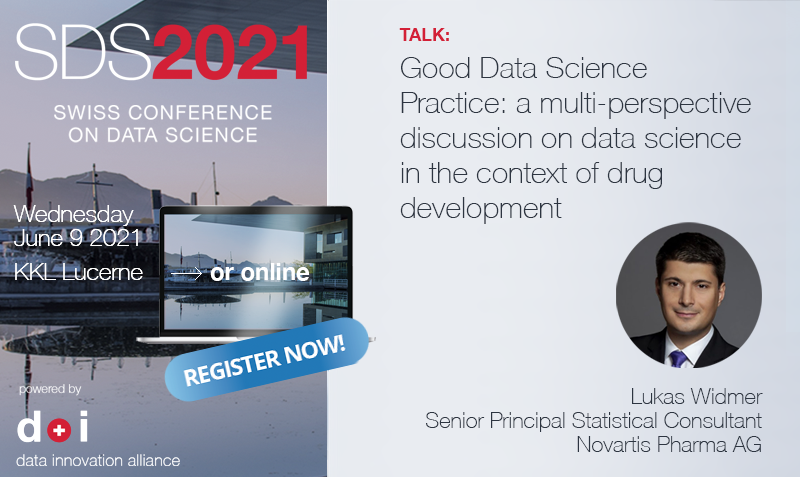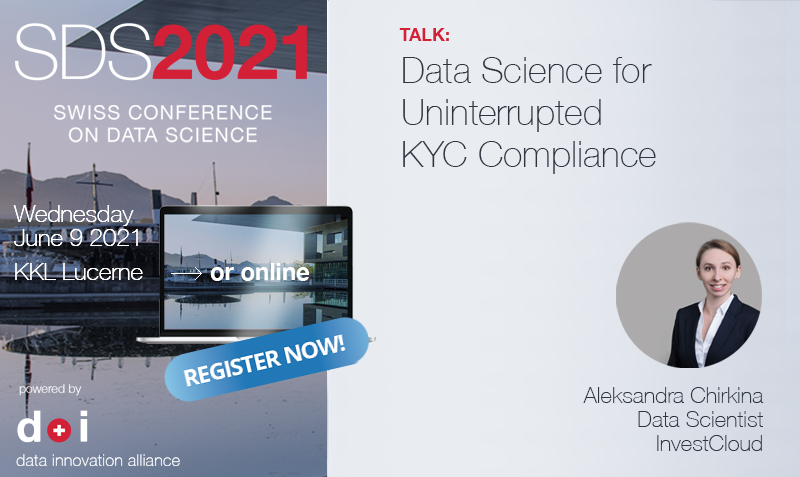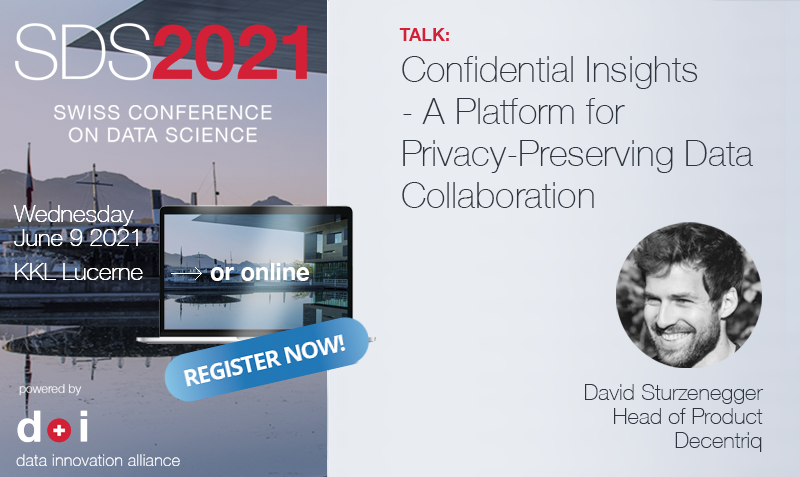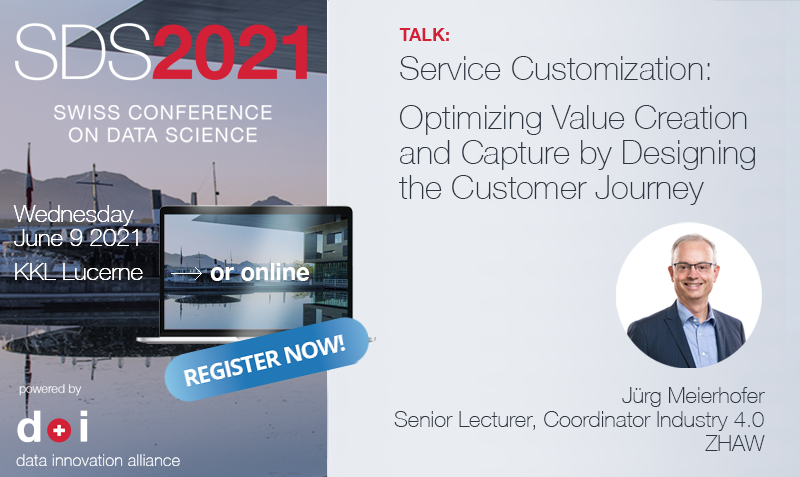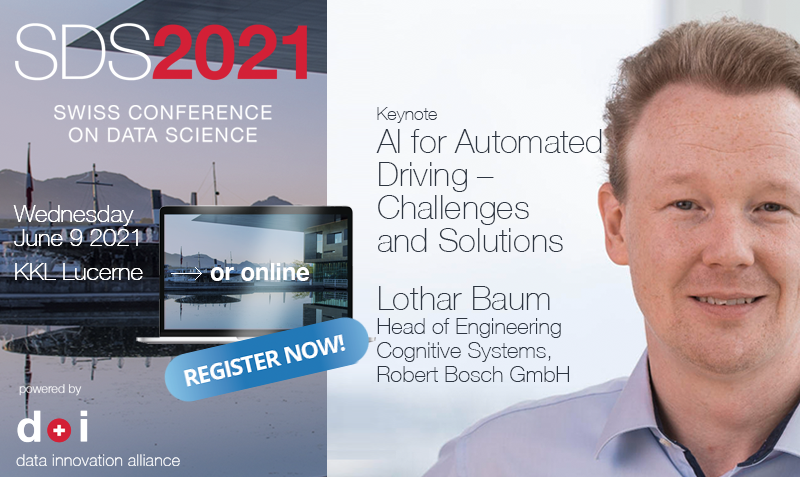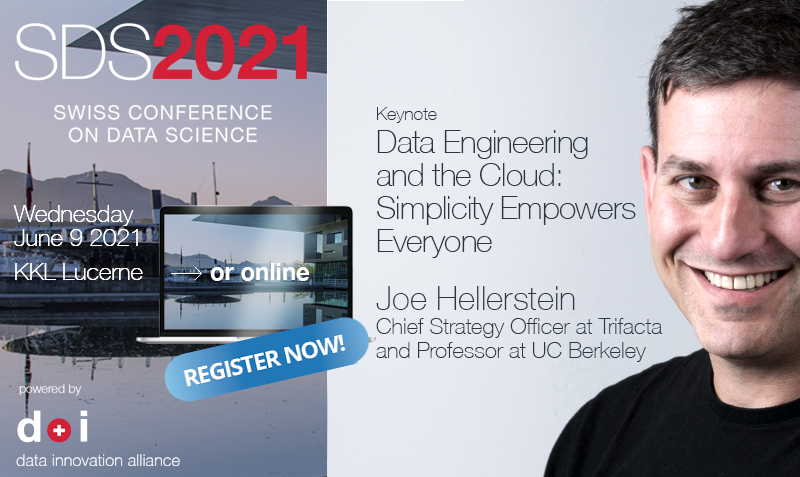Lothar Baum is Head of Engineering Cognitive Systems at Bosch. He holds a PhD in computer science. Before joining Bosch, he worked for Hewlett Packard in Germany and in a smaller company in the USA.
Could you tell us what you are doing at Bosch?
I joined Bosch in 2006, working in corporate research, where I built up a research group on connective systems. We were looking at robotics and machine learning applications. Then I moved to Data and started a project in Data Mining. I then got involved in the foundation of the Bosch centre for AI. Since 2017 – four years now – I have been with the business unit on automated driving. I am responsible for the department that develops smart algorithms. So, basically all the algorithms from perception to situation analysis, prediction and behaviour planning.
What will you be talking about at the conference?
I will be happy to give you an overview of what it takes to build autonomous driving cars; what the technical challenges and the approaches to tackle these challenges are. Ultimately, I want to give you an impression of where we stand and where we need to extend our technology.
What are the biggest challenges for Automated Driving? And what are the solutions?
There are of course a lot of challenges. Trying to summarize them in a short time is in itself a challenge.
One of the first challenges is performance. Especially the perception performance: how well does a car perceive its environment? This comes down to sensor variety and performance; the more sensors you have and the more different modalities of sensors you have, the better it is. Secondly, it comes down to computational performance. We need fast computers that require energy and space, which – in turn – means more costs.
The second challenge is what we call the “open world problem”. The boundaries of the driving task and the rules for behaviour are not, and cannot be, clearly defined. The problem is that there will always be situations out there that nobody has ever thought about. And how do we handle situations that no one has implemented a solution for? This calls for approaches that are data driven. This means that we train systems with data examples and hope that they are sufficiently able to abstract and generalize. This, in turn, means that we need a lot of data training, which is another big challenge.
“The basic idea is to have an approach that is similar to how we humans learn to drive. We know a set of rules, and we have collected experience via driving lessons. We don’t have a clear plan for every possible situation, but we have, let’s say, some kind of abstract data set in our heads where we are able to transfer situations or solutions to other scenarios. That’s the data driven approach.”
Then there comes the long tail of unknown cases: for which scenarios do we capture data and what happens with cases where we haven’t captured enough data? How do we create a sound safety argumentation around this? Ultimately this leads to ethical questions: what are the guardrails allowing or not allowing systems on the street? And, let’s be clear about this: there will always be accidents. You will never get a 100% safe system and the question is whether we accept this, and at which stage we accept that there are residual risks. And this is a question that is both for technologists and for the society at large to decide.
The amount of responsibility when driving a car is big, and it can already be difficult for a human to anticipate all the possible things that can happen on the street. How does this translate to a self-driving car?
The basic idea is to have an approach that is similar to how we humans learn to drive. We know a set of rules, and we have collected experience via driving lessons. We don’t have a clear plan for every possible situation, but we have, let’s say, some kind of abstract data set in our heads where we are able to transfer situations or solutions to other scenarios. That’s the data driven approach.
Given all of these challenges, how do you see the future of Automated Driving? When can we expect to see automated cars?
This depends on what we expect. How much are we willing to pay for it? Probably, it’s technically possible already. It’s a question of cost, obviously, and it’s probably not achievable for the broad public right now. But it’s something that is interesting for everybody. And on the other hand, it’s a question of performance. Today we still see a lot of new “corner cases” where many of these fully automated cars fail. And the question is to which extent we accept this.
In general, these challenges can be approached from two different angles. There’s one approach that is building on the (rather rules-based) assistance systems we see already in many of today’s cars. We’re trying to develop these assistance systems that are not fully automated but are the first steps towards helping the driver. These systems help us collect data and experience and iteratively expand their functionality.
And then there’s the top-down approach that basically strives to directly build a fully autonomous car, neglecting economic constraints such as costs or compute power, hoping the ready solution later can be scaled down to reasonable setups. At some point, hopefully, these two approaches will meet.
What, in your opinion, are the organizational and legal effects in bringing an automated car to the streets?
Again, it depends on the level of automation. There is a classification by the Society of Automotive Engineers (SAE) which defines five levels of automation. Level five corresponds to the highest degree of automation where no human driver is involved. Level zero means no automation or assistance at all. From level three upwards, the autonomous system actually takes over the responsibility for driving, at least for a limited amount of time. For the fully autonomous level five car, there is currently no consensus on how to handle this legally. It’s not allowed in most countries.
There is, for example, the Vienna convention on road traffic from 1968 which many countries around the world have adopted. It basically says there has to be a driver in the vehicle in charge of driving at all times. Only recently some countries have taken measures to soften this regulation and taking steps towards making self-driving cars legally possible. In Germany, about five years ago, there were some changes to the laws, that made it possible for the driver not to have direct control of the car at every point in time.
“I’m pretty sure that changes in laws will happen. The question is when it will be fully accepted, that is, when it will have become normalized in the society at large.”
Many companies involved are lobbying for changed laws. We can already see that in certain areas in the world, primarily the U.S. and China, they are pushing for this kind of legislation. And there have already been some regional adjustments. For example, in the states of Nevada and California self-driving cars are allowed under certain conditions. I’m pretty sure that changes in laws will happen. The question is when it will be fully accepted, that is, when it will have become normalized in the society at large.
Fully autonomous cars will have other impacts as well. They may have consequences on different sectors of the economy, for example the car industry, because less cars would be needed. Most of our cars are just standing idle 90% of the time and that’s because they are waiting for us. If they could drive to different locations themselves, we could probably get away with fewer cars. That’s one thing. And obviously the whole businesses of taxis, business shuttles and so on would be in trouble.
And lastly: why is SDS important and what do these conferences bring to the community?
From my perspective the main benefit is that this kind of conference brings together researchers, practitioners and decision makers to exchange ideas. And I would like to say that especially with respect to data science, the exchange of ideas and also the exchange of data – to know what data is available where, how and what can be done with it – is specifically important for the data science community.
“if we look at things like autonomous driving, it is not just a technical question, it’s also a question for the society. What do we expect and what kind of risks do we accept? And this means that there has to be a discourse in the society about this.”
And last but not least, if we look at things like autonomous driving, it is not just a technical question, it’s also a question for the society. What do we expect and what kind of risks do we accept? And this means that there has to be a discourse in the society about this. And that’s why it’s important to talk openly and come to an overall decision on how to cope with the challenges.
